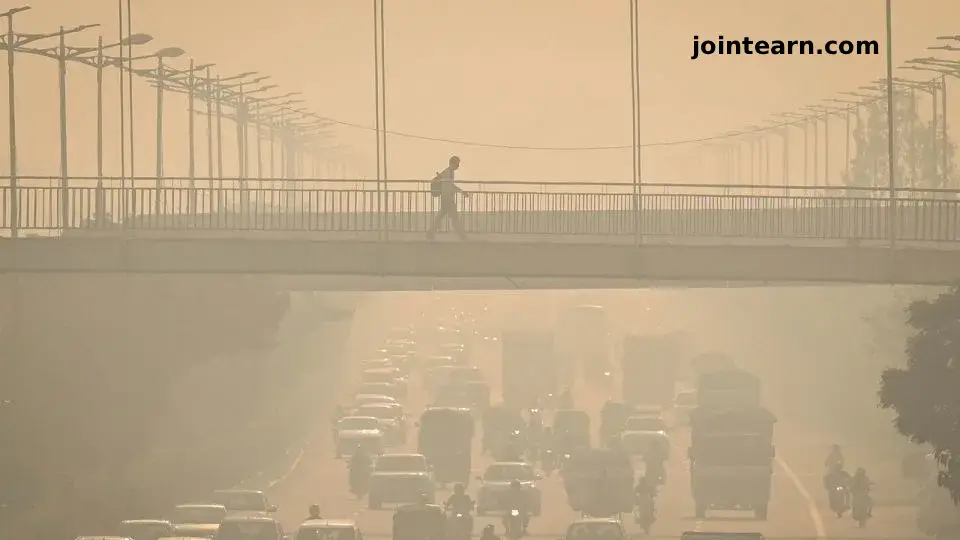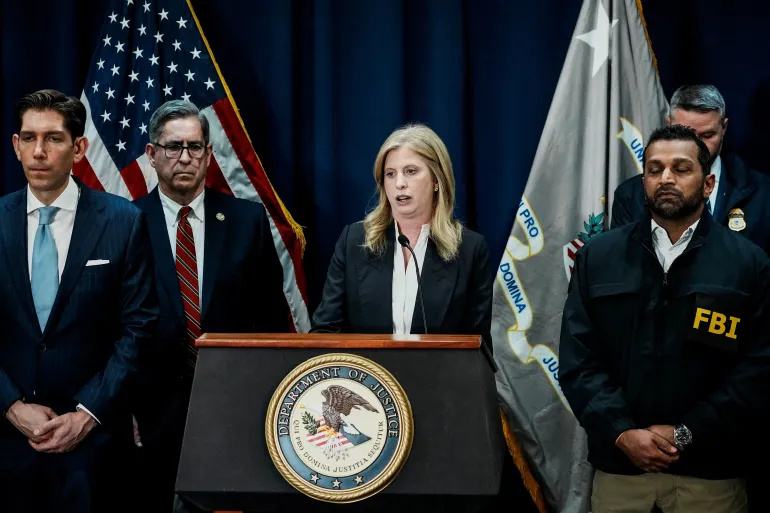
New Delhi Wakes Up to Toxic Air After Diwali Festivities
New Delhi, India — The morning after India’s most celebrated festival, Diwali, the capital city of nearly 20 million residents woke up to a choking haze and the most polluted air in the world, according to air quality data.
As fireworks illuminated the night sky in celebration of the Festival of Lights, they also blanketed the city in a dense layer of toxic smog, pushing pollution levels to record highs. By Wednesday morning, New Delhi’s PM2.5 concentration—fine particulate matter harmful to lungs—was over 40 times higher than the World Health Organization’s safe guideline, according to Swiss air quality firm IQAir.
Delhi’s Annual Air Pollution Crisis Deepens
The post-Diwali pollution spike is an annual occurrence, but this year’s levels are being described by experts as “catastrophic.” The city, which already battles severe year-round pollution, faces its worst air quality in the winter months, as farmers burn crop stubble in nearby states like Haryana and Punjab.
Combined with vehicle emissions, industrial output, and construction dust, Delhi’s air becomes a toxic cocktail, worsening respiratory problems and visibility across the region.
“Every year it feels like we are breathing poison,” said Anushka Singh, a Delhi resident. “It’s heartbreaking that the government still can’t control something that affects millions.”
Firecrackers Fuel the Smog
Authorities had banned the sale and use of firecrackers in Delhi in 2020, citing rising pollution levels and public health risks. However, this year the Supreme Court allowed limited use of “green firecrackers”, marketed as less harmful, for a brief time window.
Residents, though, report that the rules were widely ignored.
“The noise and smoke go on all night,” said Singh, who stays indoors with her dog during the festival. “My throat burns, my eyes water, and the air smells of chemicals.”
Despite restrictions, illegal firecracker sales surged in markets, with many using traditional “non-green” versions containing sulfur oxides, nitrogen oxides, and heavy metals, further degrading air quality.
Citizens Voice Growing Frustration
Local shopkeeper Chandra Tandon, 52, admitted that while bursting crackers is a tradition, the aftermath is undeniable.
“It’s fun for a few hours, but terrible the next morning,” she said. “Adults should stop doing it and let children enjoy. We all know how bad the pollution gets.”
Across social media, citizens expressed outrage at the lack of enforcement, calling for stricter action and accountability.
Failed Efforts to Clean Delhi’s Air
Despite being the political heart of India, New Delhi has struggled for decades to manage its pollution problem. Over the years, authorities have introduced multiple measures, including:
- Odd-even vehicle restrictions to reduce traffic.
- Water sprinkling and anti-smog guns to settle dust.
- Construction of two “smog towers” in 2018 costing 200 million rupees ($2.4 million).
However, poor enforcement and lack of coordination among state and central agencies have hindered progress. Environmental experts argue that piecemeal solutions cannot tackle what has become a long-term climate and health crisis.
“Every year, we apply temporary fixes, but the air remains unbreathable,” said environmental scientist Dr. Priya Bansal. “What Delhi needs is a structural overhaul in transport, industry, and agricultural practices.”
India’s Growing Energy and Economic Demands
India, home to 1.4 billion people, faces a delicate balance between economic growth and environmental sustainability. Rapid industrialization, increasing power demand, and dependency on coal-based energy continue to worsen air pollution levels.
While the government has pledged to reach net zero emissions by 2070, progress remains slow due to conflicting economic priorities.
Three Indian Cities Among the World’s Most Polluted
According to IQAir data on Wednesday, three Indian cities ranked among the top 10 most polluted in the world:
- New Delhi — Ranked #1
- Kolkata — Ranked #4
- Mumbai — Ranked #10
The figures underscore how air pollution is not just a Delhi problem, but a national crisis impacting urban India’s health, productivity, and quality of life.
A Call for Urgent Change
Delhi’s recurring smog emergencies are now being recognized as public health disasters, not just environmental issues. Medical experts warn that long-term exposure to PM2.5 can lead to asthma, heart disease, stroke, and premature death.
“We’re inhaling slow poison every day,” said Dr. Rakesh Mehta, a pulmonologist at AIIMS Hospital. “If the government doesn’t act now, the next generation will grow up with irreversible lung damage.”
As the haze thickens, millions are left wondering whether the Festival of Lights has now become the Festival of Smog, casting a dark shadow over India’s capital.


Leave a Reply